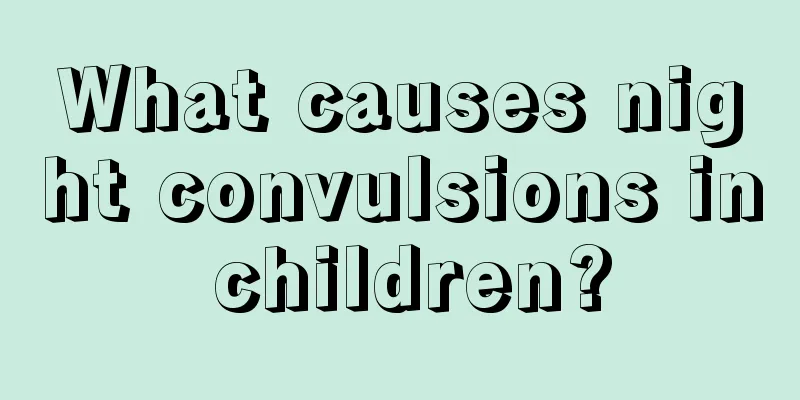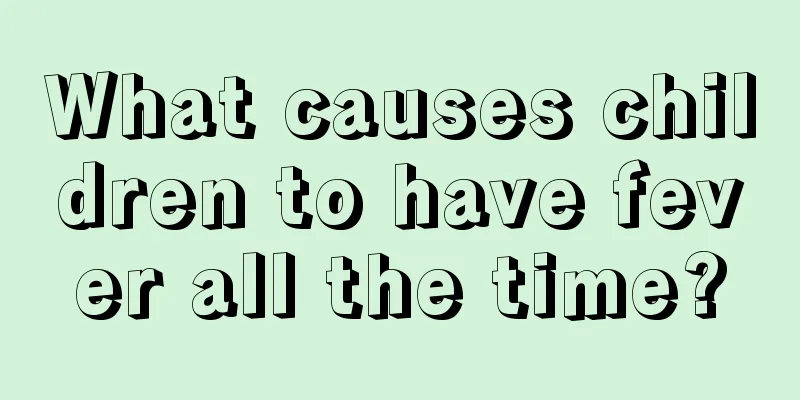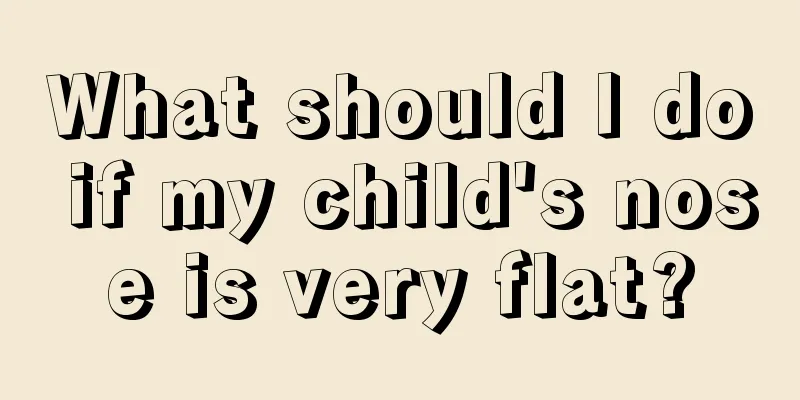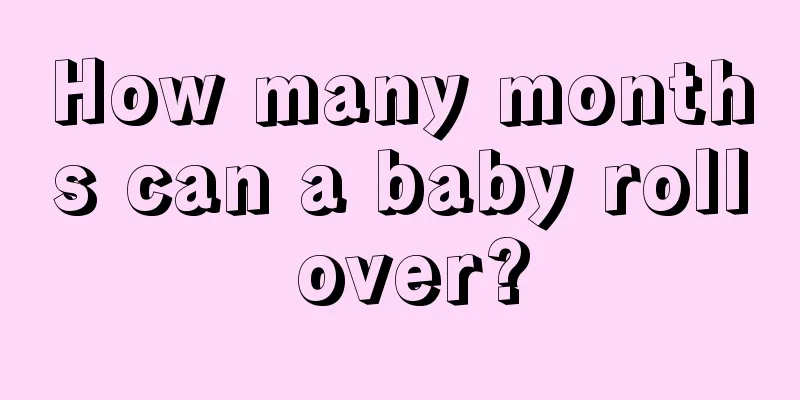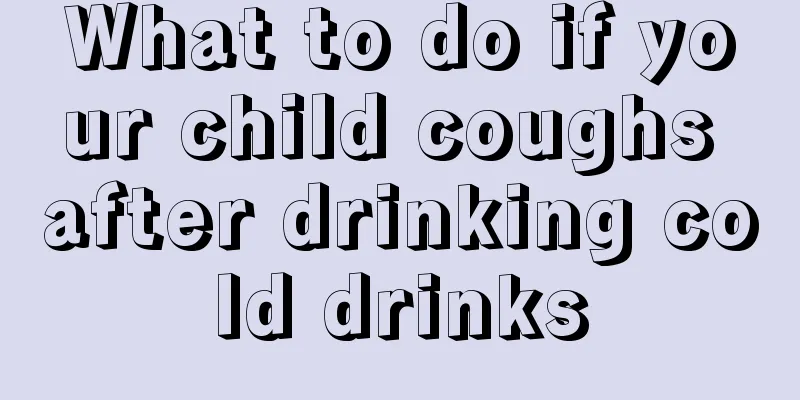What should I do if my child has a fever recently?

|
Since children are still young, their body functions are not yet fully developed, so their body resistance is relatively low. If you don't pay attention, children will have a fever. Especially for diseases such as influenza, they do not have a good resistance and are prone to fever. So what should you do if your child has a fever recently? Let’s learn more about it through the following introduction. 1. Maintain good air circulation in your home If your home has air conditioning, maintain the room temperature between 25-27℃. You can place the child in an air-conditioned room or blow an electric fan around him to slowly lower his body temperature, which will make the child feel more comfortable. But if the limbs are cold and the patient is shivering violently, it means that the patient needs warmth, so he should be covered with a blanket. 2. Take off excess clothing If your baby's limbs, hands and feet are warm and he is sweating all over, it means he needs to dissipate heat and he can wear less clothes. 3. Warm water bath Undress the baby and rub the whole body with a warm water (37℃) towel. This will dilate the blood vessels in the baby's skin and release body qi. In addition, when water vapor evaporates from the body surface, it will also absorb body heat. 4. Use a cooling patch It helps to dissipate heat, but it is not recommended for younger children because it is difficult for them to turn their bodies and the ice pillow can easily cause local overcooling or hypothermia. You can also use a cooling patch. When the water in the gelatinous substance of the cooling patch evaporates, it can take away the heat and will not cause excessive cooling. 5. Drink plenty of water To help sweating and prevent dehydration. Water has the function of regulating temperature, which can lower body temperature and replenish water lost in the baby's body. 6. Use antipyretics When the core temperature (rectal temperature or ear temperature) of an infant or young child exceeds 38.5℃, antipyretic solutions or suppositories can be used appropriately. Through the above introduction, we know what to do if a child has a fever recently. After the child has a fever, we can use the above methods to reduce the child's temperature. Generally, if the fever is not too serious, try not to give the child antipyretics. No matter what medicine it is, it will have an impact on the child's body, unless the child has a severe fever. |
<<: What to do if your baby is sleepy and has poor appetite
>>: What to do if a child has a fever without symptoms
Recommend
How to feed premature babies with milk powder
Premature babies have relatively poor physical co...
What to do if your 4-year-old baby gets angry
What should I do if my 4-year-old baby gets angry...
What are the treatments for nephrotic syndrome in children?
What are the treatments for nephrotic syndrome in...
What should I do if my 4-year-old child has a poor appetite?
Babies' appetite seems to decrease more easil...
How to deal with red spots on children's feet
The physical health of children is an issue that ...
How to treat baby's fever and convulsions?
Now we all have an understanding of baby's di...
How to treat black lips in children
It is not uncommon for children to have black lip...
Vitamin D overdose symptoms in babies
Vitamin D is an important basic nutrient for the ...
What to do if your child has bronchial pneumonia and keeps coughing?
Many children cannot avoid coughing, and some par...
What to do if your baby vomits during breastfeeding
Sometimes, during the breastfeeding period, impro...
Fetal umbilical cord blood flow test results
Everyone knows that nowadays pregnant women have ...
Is autism screening for children good?
Childhood autism is a common disease in daily lif...
What should I do if my two-year-old baby has a big bump on his forehead?
Two-year-old babies always like to do some very d...
What is the normal armpit temperature for children?
The normal body temperature of our human body is ...
How many times a day is normal for a baby to poop?
The physical symptoms reflected by the baby's...


